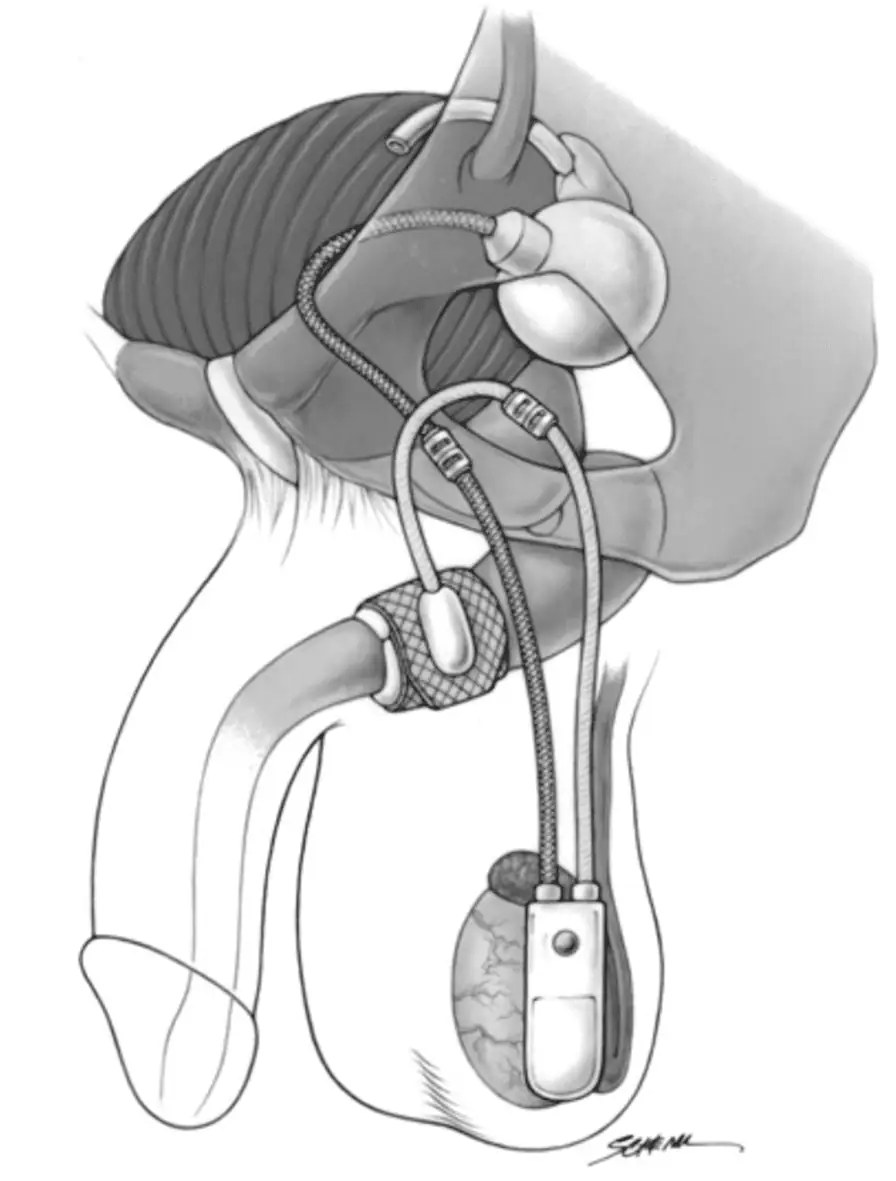Artificial Urinary Sphincter

Urinary incontinence
Urinary incontinence is an embarrassing and frustrating condition caused by the constant loss of urine, which has a negative psychological and social impact.
Fortunately, there is a solution to this problem. You don't have to stop your life and isolate yourself from your family and friends. We're here to help you.
What causes it?
Incontinence usually appears due to damage to the urinary sphincter (the muscle that controls the flow of urine out of the bladder). When the sphincter can't completely close the urethra (the tube that connects the bladder to the outside), urinary leakage occurs.
There are many causes, such as
- After treatment for prostate cancer (surgery or radiotherapy)
- Pelvic trauma / surgery
- Diseases (diabetes, multiple sclerosis, stroke, Parkinson's disease)
million patients suffer from urinary incontinence (sphincter insufficiency) worldwide
%
patients with incontinence after surgery for prostate cancer
What are the symptoms?
There are 3 forms of urinary incontinence:
1- Stress incontinenceInvoluntary loss that occurs when the patient coughs, sneezes, bends down or strains.
2- Urge incontinenceLoss associated with a strong urge to urinate (urinary urgency).
3- Mixed incontinenceLoss associated with both effort and urgency.
Treatment
NON-SURGICAL OPTIONS
- Lifestyle modification: Reduce daily fluid intake, avoid caffeine and alcohol.
- Pelvic physiotherapy
- Use of protective devices such as diapers and geriatric underwear
- Penile clamp (can cause penile injury)
- Bladder catheter (tube that enters through the penile urinary orifice and goes to the bladder)
SURGICAL OPTIONS
- Sling
- Artificial sphincter
Watch the video below and understand how the artificial urinary sphincter works
Indications for the artificial sphincter
It is generally indicated for patients suffering from urinary incontinence due to sphincter failure (stress incontinence), especially if the patient has moderate/severe incontinence (+ 3 linings/day).
